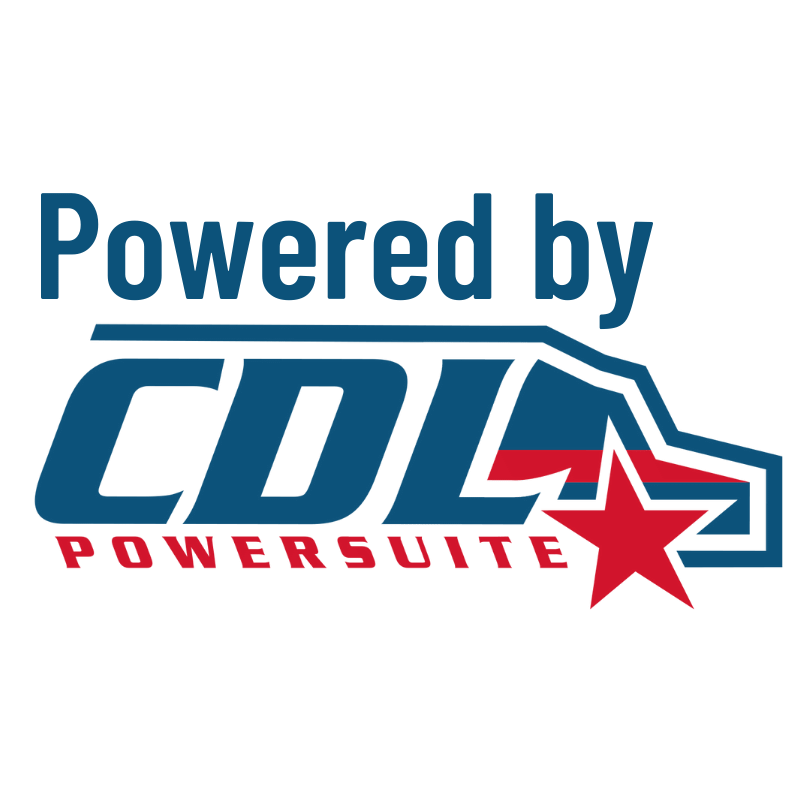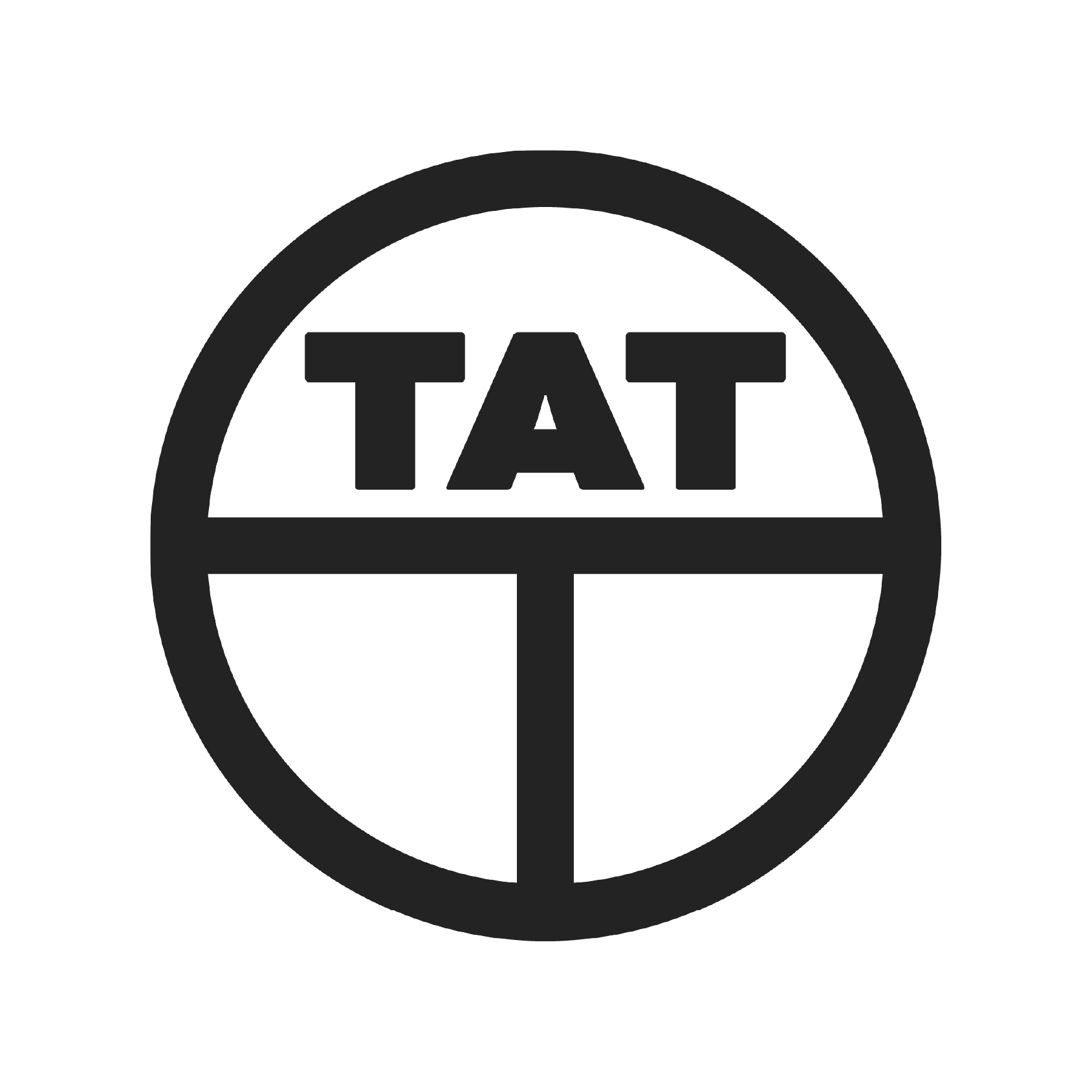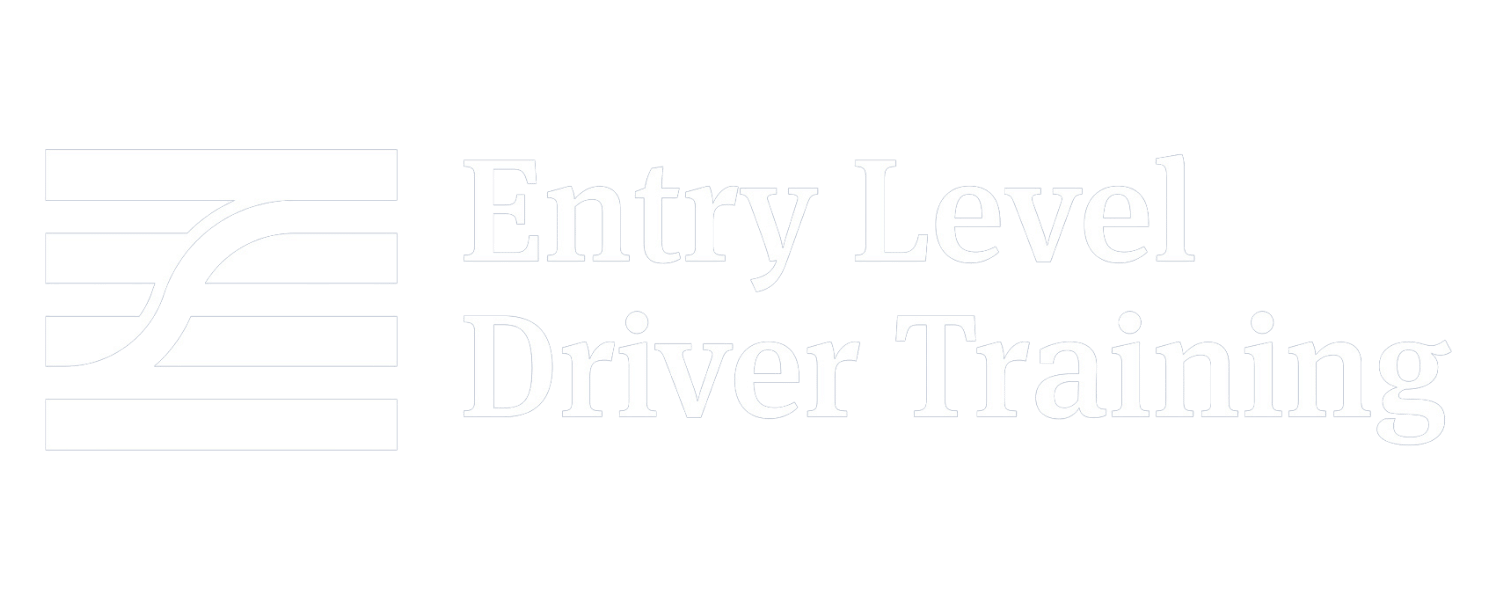If you're looking to get your Commercial Driver's License (CDL), you've likely heard the term ELDT. ELDT Training, or Entry-Level Driver Training. It is a federal mandate that sets the minimum training standards for all new commercial drivers in the United States. This guide is designed to be your comprehensive resource, answering all your questions about what ELDT is, why it's required, who needs it, and how ELDT.com helps you meet the requirements and get certified. Consider this your definitive guide to understanding the FMCSA ELDT regulations and taking the first step in your professional driving career.
The Federal Mandate & Why It Exists
The FMCSA Entry-Level Driver Training regulations were established by the Federal Motor Carrier Safety Administration (FMCSA) with one core goal: to improve highway safety. Prior to the ELDT rule, there were no standardized, federal requirements for new drivers. This new rule, which went into effect on February 7, 2022, ensures that all new drivers receive consistent, high-quality instruction in both theory and practical driving skills from an FMCSA-approved provider. This is a critical step in producing safer, more knowledgeable drivers for our roadways.
Who Needs to Complete ELDT?
The training is specifically required for new drivers who are seeking to:
Obtain their first Class A or Class B CDL.
Upgrade an existing Class B CDL to a Class A CDL.
Obtain their first School Bus (S), Passenger (P), or Hazmat (H) endorsement.
For this rule, a "new driver" refers to any individual who has never before held a Commercial Driver's License or a specific endorsement. This federal mandate went into effect on February 7, 2022, for all 50 States. If you fall into any of these categories, you must complete the required Entry-Level Driver Training from an approved provider before you can take your CDL skills test or knowledge tests.
ELDT (Entry-Level Driver Training) is
a set of federal regulations established by the FMCSA that sets minimum training standards for individuals seeking a Commercial Driver's License (CDL) or certain endorsements. It ensures all new commercial drivers receive consistent, high-quality instruction in both theory and behind-the-wheel skills from approved training providers before they can take their CDL skills test.
The FMCSA ELDT mandate consists of two distinct components that must be completed.
ELDT Theory and ELDT Behind-The-Wheel Training
ELDT Theory
ELDT theory is the classroom or online portion of the Entry-Level Driver Training mandate, covering essential knowledge like vehicle operation, safety procedures, and non-driving activities.
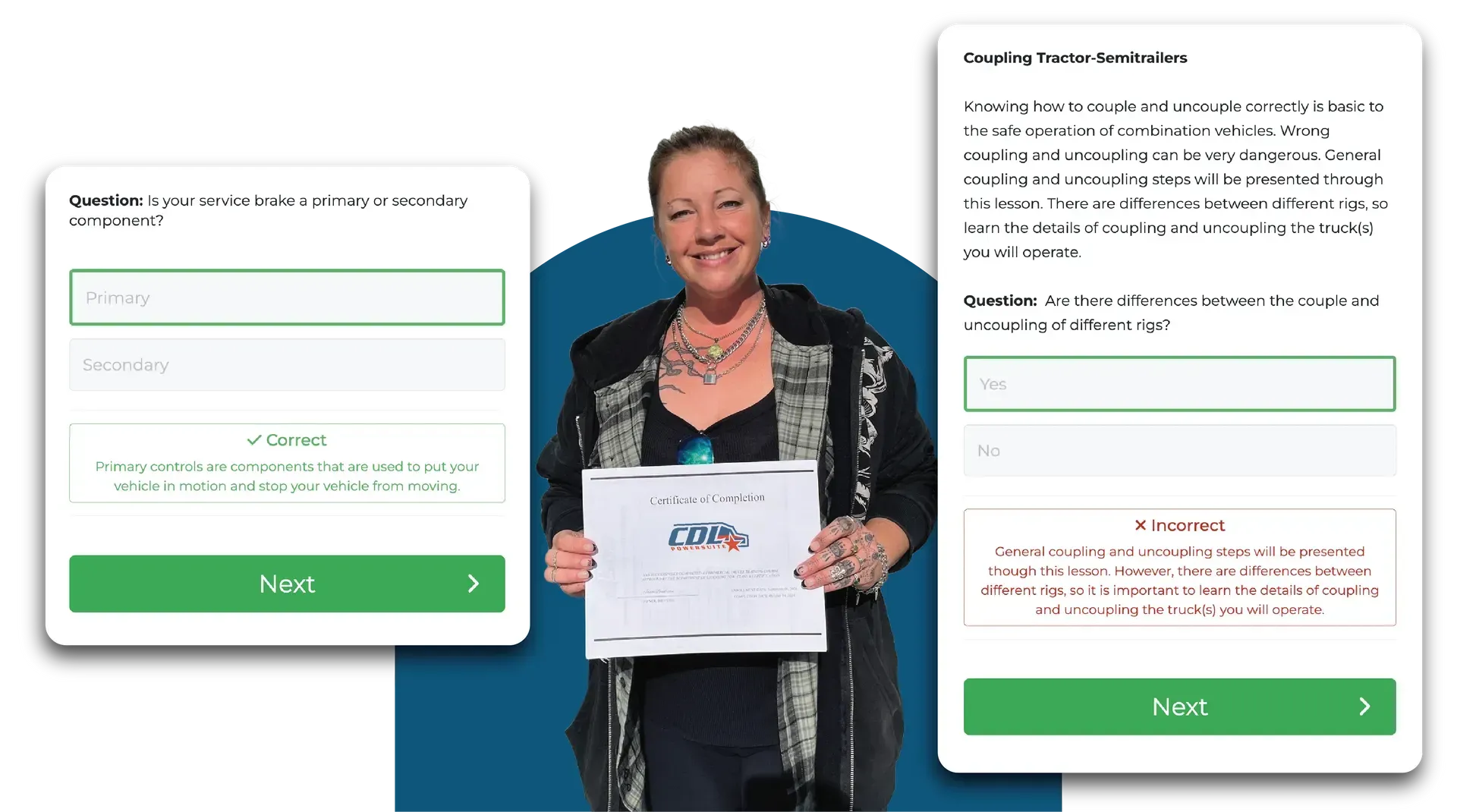
ELDT Behind-The-Wheel Training
Behind-The-Wheel (BTW) training is the practical, hands-on portion of Entry-Level Driver Training, where aspiring commercial drivers gain real-world experience operating a commercial motor vehicle.
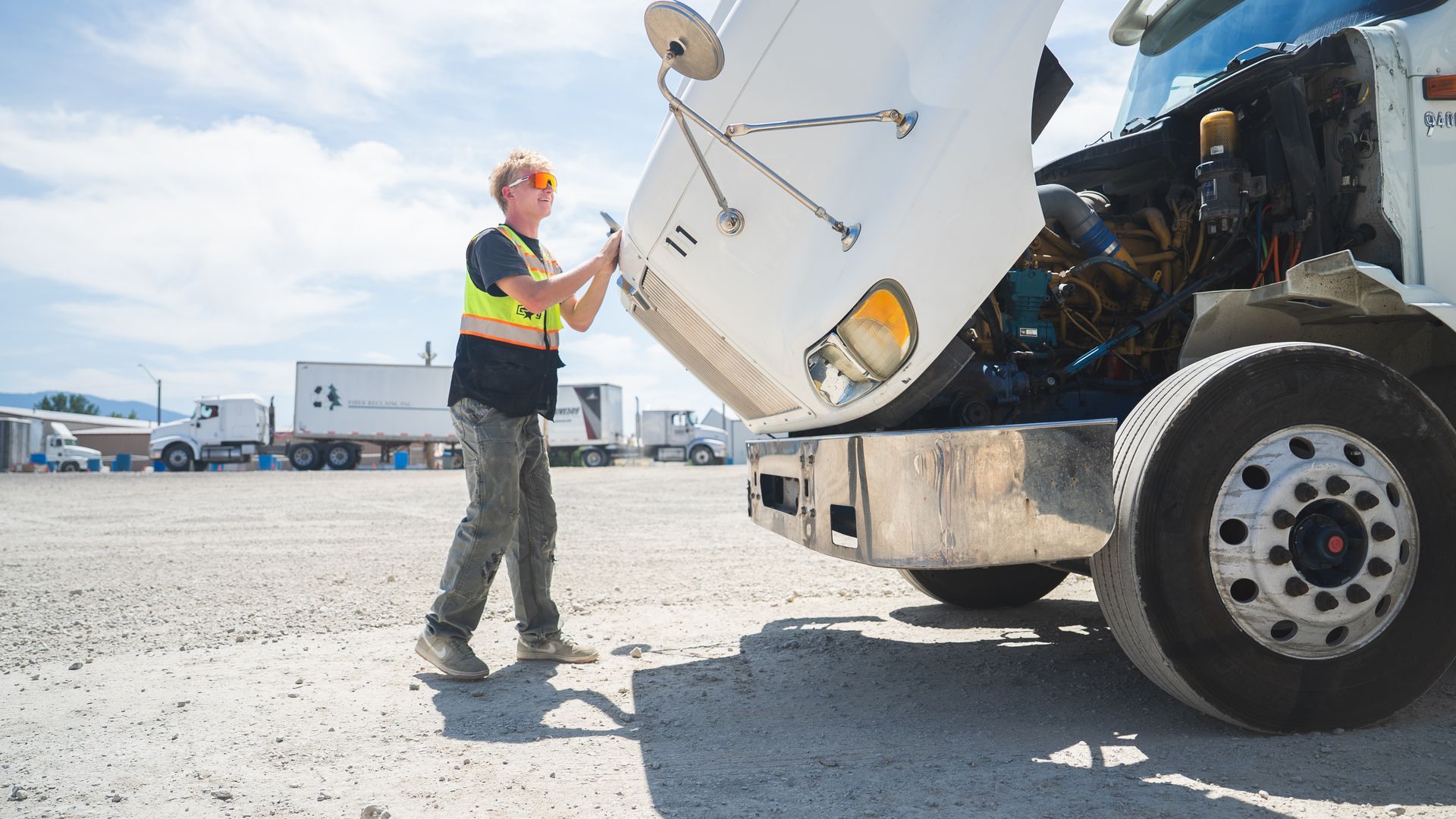
ELDT theory is the classroom or online portion of the Entry-Level Driver Training mandate, covering essential knowledge like vehicle operation, safety procedures, and non-driving activities.
Understanding ELDT Theory Curriculum
Basic Operation
1.1.1 Orientation
1.1.2 Control Systems/Dashboard
1.1.3 Pre- and Post-Trip Inspections 1.1.4 Basic Control
1.1.5 Shifting/Operating Transmissions 1.1.6 Backing and Docking
1.1.7 Coupling and Uncoupling
Safe Operating Procedures
1.2.1 Visual Search
1.2.2 Communication
1.2.3 Distracted Driving
1.2.4 Speed Management
1.2.5 Space Management
1.2.6 Night Operation
1.2.7 Extreme Driving Conditions
Advanced Operating Practices
1.3.1 Hazard Perception
1.3.2 Skid Control/Recovery, Jackknifing, and Other Emergencies
1.3.3 Railroad-Highway Grade Crossings
Vehicle Systems and Reporting Malfunctions
1.4.1 Identification and Diagnosis of Malfunctions
1.4.2 Roadside Inspections
1.4.3 Maintenance
Non-Driving Activities
1.5.1 Handling and Documenting Cargo
1.5.2 Environmental Compliance Issues
1.5.3 Hours of Service Requirements 1.5.4 Fatigue and Wellness Awareness 1.5.5 Post-Crash Procedures
1.5.6 External Communications
1.5.7 Whistleblower/Coercion
1.5.8 Trip Planning
1.5.9 Drugs/Alcohol
1.5.10 Medical Requirements
Where Can You Do ELDT Theory
How it works: This portion of the training can be completed in a classroom or, more conveniently, online with a registered training provider on the tpr.fmcsa.dot.gov/provider
The ELDT.com Difference: At ELDT.com, our Entry-Level Driver Training online courses are designed to make this process simple, flexible, and engaging. Our interactive platform allows you to complete your training at your own pace, on your own schedule.
What Is ELDT Behind-The-Wheel Training
This is the practical, hands-on portion of Entry-Level Driver Training. It must be completed in person with an FMCSA-registered training provider. A certified instructor will conduct behind-the-wheel training and consists of two parts.
Range Training:
Conducted in a controlled, off-road environment where you will practice basic maneuvers like backing and docking.
Public Road Training:
Takes place on actual public roads, where you will gain experience operating a commercial vehicle in various traffic conditions.
Important Note: The ELDT rule sets minimum standards for BTW training, but it does not specify a minimum number of hours. Some states may have You must, however, receive training that an FMCSA-approved provider deems proficient to pass the CDL skills test. Check your State for any additional requirements.
The instructor must determine and document that each driver-trainee has demonstrated proficiency in all elements of the BTW curriculum.
Range Training
Conducted in a controlled, off-road environment, range training focuses on mastering basic vehicle control skills and maneuvers. You will practice essential skills such as:
Vehicle Inspection: Performing thorough pre-trip, en-route, and post-trip inspections.
Basic Controls: Demonstrating proficiency in starting, stopping, accelerating, and steering.
Shifting/Operating Transmissions: Proper gear shifting techniques for manual and automatic transmissions.
Backing and Docking: Executing various backing maneuvers, including straight line backing, offset backing, parallel parking (driver and sight side), and alley docking.
Coupling and Uncoupling: Safely connecting and disconnecting combination vehicles.
Public Road Training
Takes place on actual public roads, where you will gain experience operating a commercial vehicle in various traffic conditions. Proficiency in public road training includes demonstrating skills such as:
Vehicle Control:
Maintaining proper lane positioning, managing speed, and smooth acceleration/deceleration.
Turns: Executing safe left and right turns, including wide turns.
Lane Changes: Performing safe and effective lane changes.
Curves: Navigating curves at appropriate speeds.
Intersections: Managing intersections safely, including protected and unprotected turns.
Railroad-Highway Grade Crossings: Proper procedures for approaching and crossing railroad tracks.
Bridges and Overpasses: Understanding height and weight clearances.
Visual Search: Maintaining a constant and effective visual scan of the driving environment.
Communication: Proper use of signals, horn, and eye contact.
Speed and Space Management: Maintaining safe following distances and adjusting speed for conditions.
Hazard Perception: Identifying and reacting to potential hazards.
Emergency Maneuvers:
Understanding and practicing responses to emergencies like skids, tire blowouts, and brake failures.
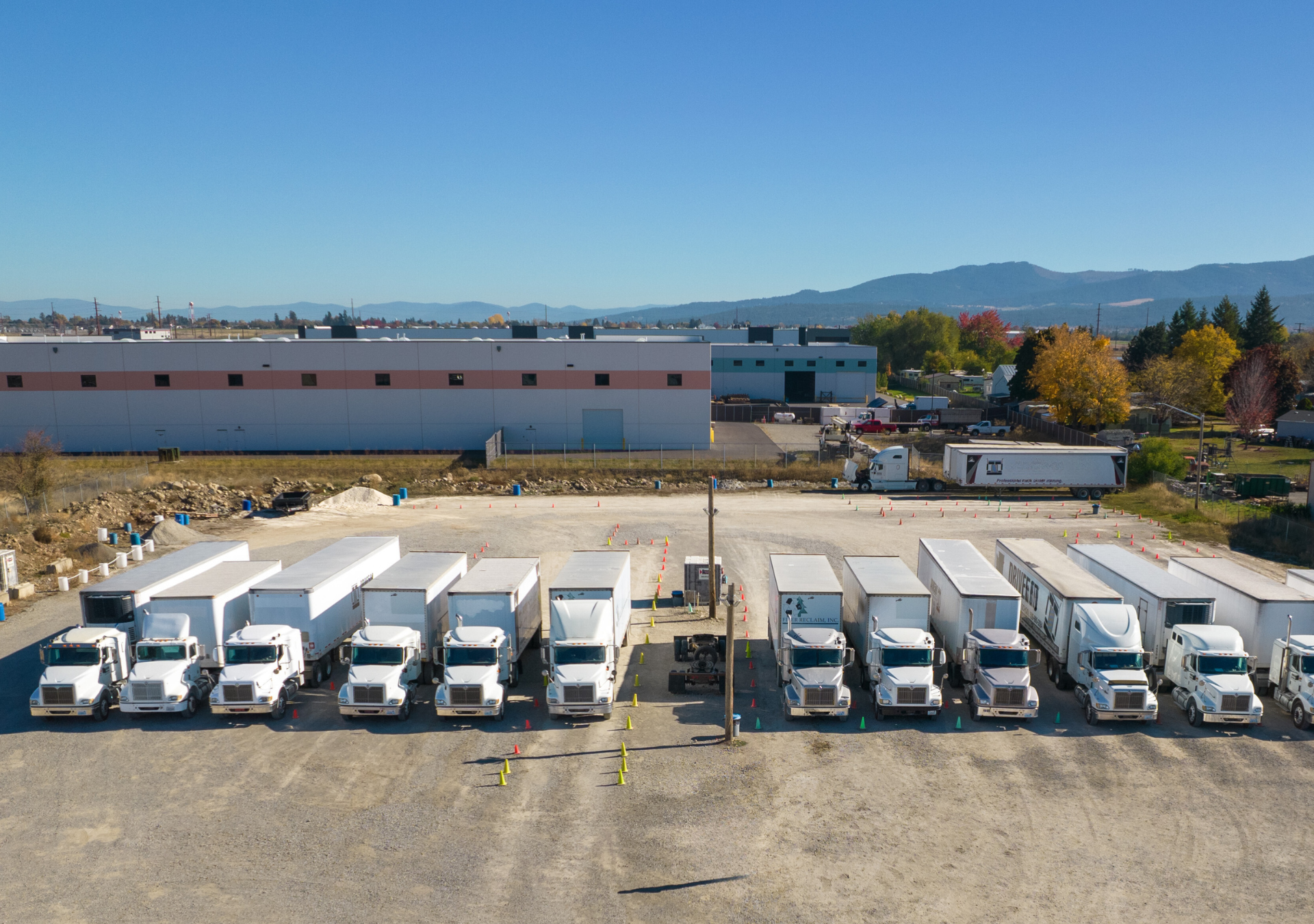
The Training Provider Registry (TPR) is an FMCSA database of all schools and organizations approved to provide Entry-Level Driver Training. This is a critical resource for anyone seeking a CDL. All ELDT training, both theory and behind-the-wheel, must be completed by a provider listed on the TPR.
ELDT.com is a registered and FMCSA-approved provider, which means that upon successful completion of our online courses, we will automatically submit your results to the TPR, certifying that you have met the theory portion of the federal mandate.
How ELDT.com Helps You Get Certified
At ELDT.com, we provide the most flexible and comprehensive solution for your ELDT theory training. Our courses are designed by industry experts to be fully compliant with FMCSA regulations, offering an engaging and effective learning experience. With us, you can:
- Train at Your Own Pace: Our online platform gives you 24/7 access to the course, allowing you to learn on your schedule.
- Get Your Results Submitted Automatically: We report your successful completion directly to the TPR, so you can move on to your next step without delay.
- Prepare for Success: Our curriculum is built to give you the foundational knowledge you need to ace your written CDL knowledge exams.





